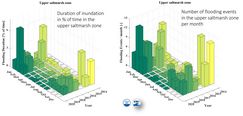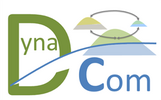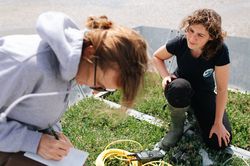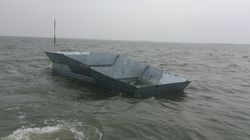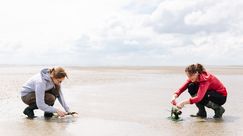Contact
Principal Investigator
Technical Staff
Research Group
Project Z
Coordination Project
The coordination project will enable the interaction between the subprojects in DynaCom. Workpackages WP 1 and 2 comprises the collection of time series of relevant abiotic parameters as well as soil water properties (Fig. 1) and meteorological conditions, operate and provide the long-term database, and maintains the long-term island experiment comprising the 12 experimental islands (Fig. 2) and the salt marsh enclosed plots. WP 3 will organize joint annual workshops, invite guest scientists and promote networking. WP 4 provides explicit support for early career scientists in from of topical workshops and offers equal opportunity seminars, coaching and practical support for group members. WP 5 reflects the strong public interest in the project in an UNESCO world heritage site and provides outreach by, e.g., an annual newsletter, the webpage and a German brochure. WP 6 will be responsible for liaising with state agencies and the National Park administration to negotiate the fieldwork time table, to report the persons working on site, and to perform the monitoring of effects of the experiment on the natural environment, and prepare security training for all persons involved in field work.
Coordination project - WP1: Sensors
WP 1 comprises the collection of time series of relevant abiotic parameters such as temperature, light, salinity, turbidity, dissolved oxygen, seawater currents, waves and water levels (Fig. 3) (Balke et al., 2017; Zielinski et al., 2018), as well as soil water properties and meteorological conditions, utilizing advanced sensors and data loggers (Fig. 4) for continuous measurements. The operation and maintenance of such a long-term reliable sensor system is the key to all field-based activities and the data synthesis of the whole research unit. Its data availability is necessary for the interpretation of ecosystem dynamics and changes in several contexts. All parts need continuous services and maintenances (Fig. 5).
For online (near) real-time data check here
The entire set-up is embedded in the Spiekeroog Coastal Observatory
